In the 2.5 minute Atlantic video below, sociologist Bruce Western discusses the problem of mass incarceration. The practice, he says, isn’t just about locking up lots of people — almost 700/100,000; more than any other nation on earth — but incarcerating groups of people in concentrated ways, namely Latino and especially Black men. This devastating to communities, relationships, and children.
Mass incarceration is a choice, Western points out. “We’ve chosen prison as a way to respond to crime.” There are lots of other things we could do, other than the deprivation of liberty: restorative justice, house arrest, mental health or substance abuse treatment, community service, parole and probation, fines, halfway houses, and more.
Watch it here:

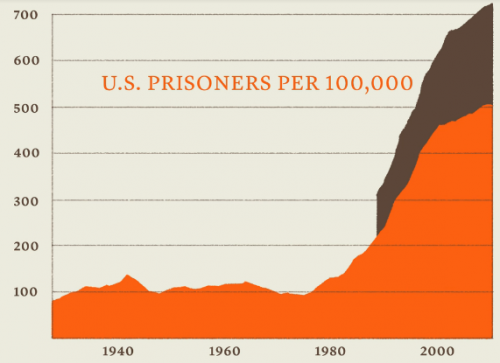
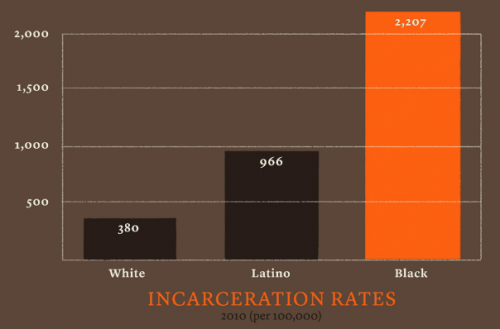







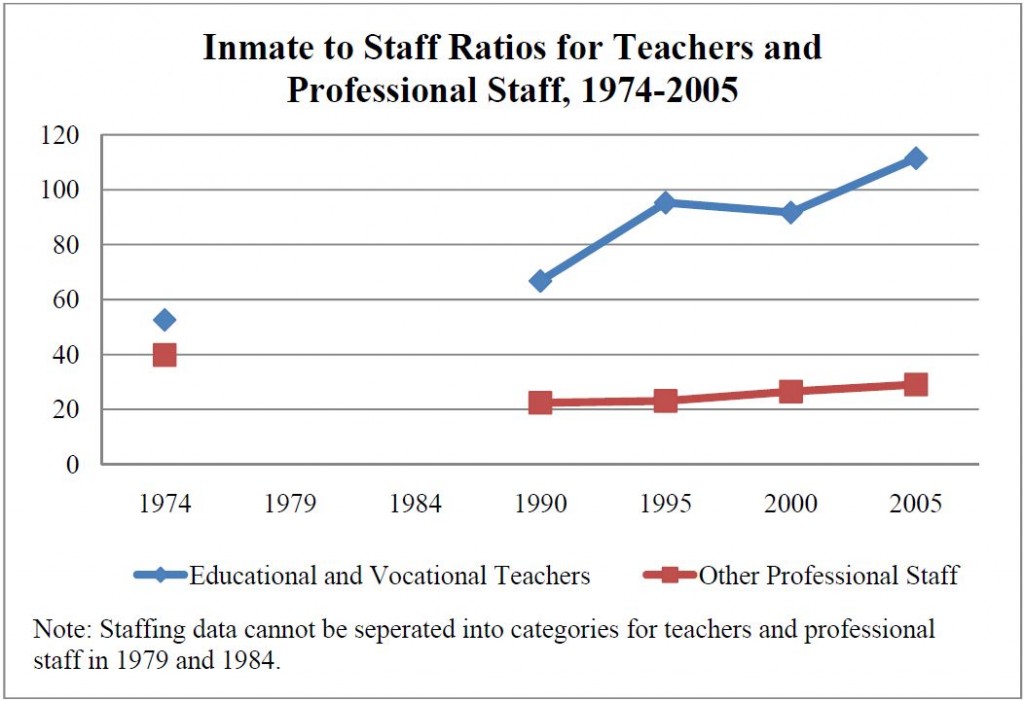


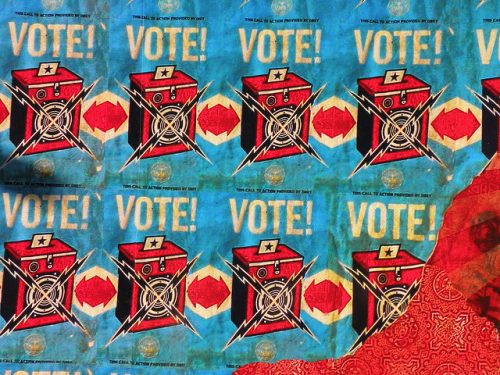
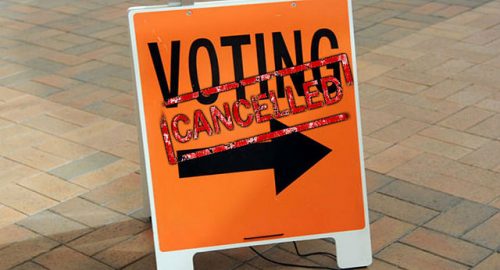
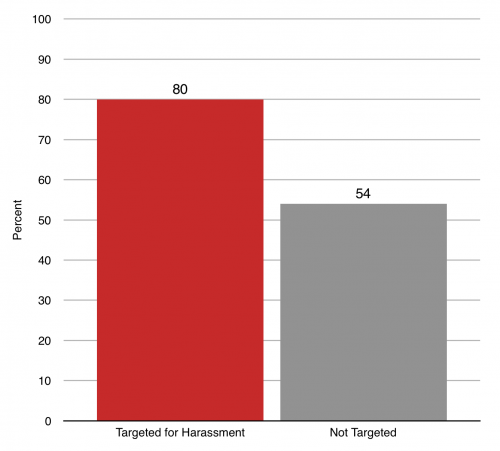
 To make a long, well-put, and worth-reading argument short: eviction isn’t rare as many policymakers and sociologists might assume; it is actually a horrifyingly common phenomenon. Urban sociologists have missed the magnitude of the eviction phenomenon because they have traditionally used neighborhoods as the unit of analysis, studying issues such as segregation and gentrification. Because eviction is rarely studied, we don’t have good data on eviction. Establishing a dataset of eviction is not a simple data collecting task, given that there are many forms of informal eviction. The consequences of eviction are devastating and have a profound, negative, and life-long impact on subsequent trajectories: worse housing, more eviction, and homelessness, all disproportionately affecting women of color with children (“a female equivalent of mass incarceration,” Desmond argued at a
To make a long, well-put, and worth-reading argument short: eviction isn’t rare as many policymakers and sociologists might assume; it is actually a horrifyingly common phenomenon. Urban sociologists have missed the magnitude of the eviction phenomenon because they have traditionally used neighborhoods as the unit of analysis, studying issues such as segregation and gentrification. Because eviction is rarely studied, we don’t have good data on eviction. Establishing a dataset of eviction is not a simple data collecting task, given that there are many forms of informal eviction. The consequences of eviction are devastating and have a profound, negative, and life-long impact on subsequent trajectories: worse housing, more eviction, and homelessness, all disproportionately affecting women of color with children (“a female equivalent of mass incarceration,” Desmond argued at a